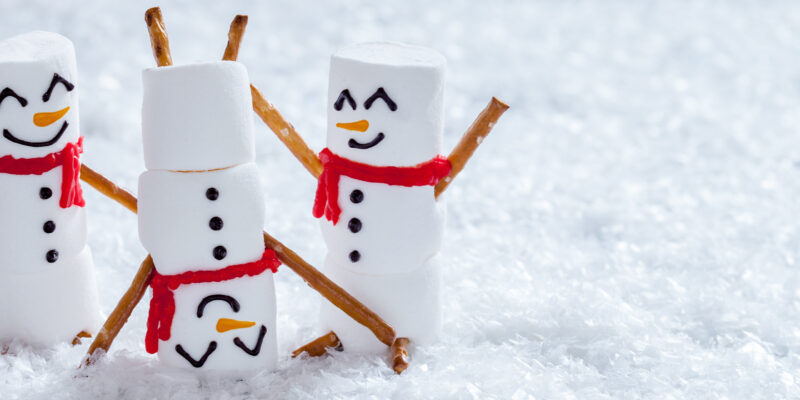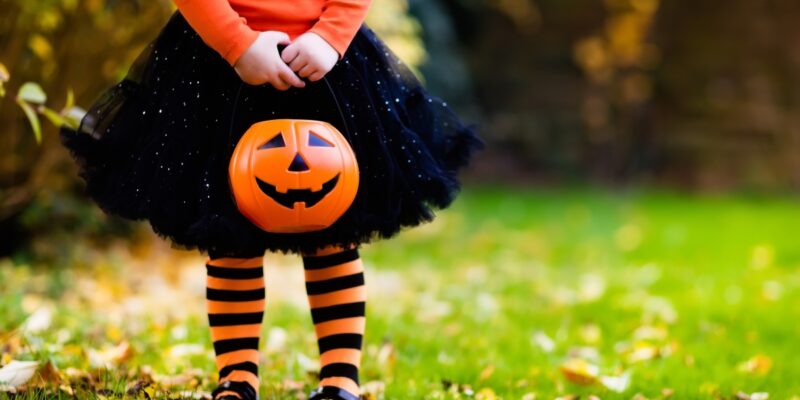Sugar Chemistry: How Candy Gets Its Texture
Candy-making starts by dissolving sugar (sucrose) in boiling water to create syrup. The way that syrup cools determines whether candy is crystalline (like fudge) or non-crystalline (like lollipops).
- For crystalline candy, continuous stirring during cooling yields small sugar crystals.
- For non-crystalline candy, slow cooling forms harder, crunchy treats.
And the cool part? This chemistry hasn’t changed for a century—it’s natural, reliable sugar science.
Science-Backed Ingredients: More Than Just Sugar
Candy often contains functional additives like:
- Butylated hydroxyanisole (BHA), an antioxidant that keeps peanut butter cups fresh.
- Potassium sorbate, a preservative used to prevent mold in brightly colored confections.
- Citric acid and ascorbic acid, which add tang, brightness, and even preserves nutrients.
These are carefully selected ingredients that help ensure the treats you buy stay safe, tasty, and shelf stable. BHA and potassium sorbate have been reviewed by bodies like the U.S. Food and Drug Administration[1] and the Joint FAO/WHO Expert Committee on Food Additives[2] for safety, and citric acid and ascorbic acid are simple organic acids found in everyday fruits.
Candy chemistry is a basic science people have enjoyed for decades.




